 Photo: Brzoza_nadrzeczna_Betula utilis var jacquemontii - author Radomil Bothanic Garden, Poznań Photo: Brzoza_nadrzeczna_Betula utilis var jacquemontii - author Radomil Bothanic Garden, Poznań Anna's talk was based on her book Birch (full details on our Reading List page) - it was delightful, and Anna's understandable enthusiasm carried us through amazing fact after amazing fact and observations of its historic, social and ecological significance. I'm sure I'm not alone in saying how impressed I was at the tree's zillion different uses and role in many different cultures. The photographs Anna used were all quite lovely and effectively illustrated the points she was making. (A timely page feature on 'Choosing the whitest birch' in the January issue of RHS's The Garden recommends this betula utilis subsp.jacquemontii 'Grayswood Ghost' - something like the one in this photo.) The publisher's summary of the book's content is better than any summary I could myself provide, of this excellent end to our monthly series of autumn/winter talks for 2020, which we managed to sustain against all odds - and with the support of our tech-savvy membership: 'Elegant and beautiful, rich in history and supremely useful, birches have played an extraordinary yet largely unrecognized part in shaping both our natural environment and the material culture and beliefs of millions of people around the world. 'For thousands of years they have given people of the northern forests and beyond raw materials in the form of leaves, twigs, branches and bark, as well as wood and sap, not simply to survive but to flourish and express their identity in practical and spiritual ways. Tough, waterproof and flexible, birch bark has been used for everything from basketry and clothing to housing and transport, musical instruments and medicines, as well as a means to communicate and record sacred beliefs: some of our most ancient Buddhist texts and other historic documents are written on birch bark. Birches have not only shaped regional cultures – creating, for example, the Native American wigwam and the birch bark canoe – but continue to supply raw materials of global economic importance today. 'Birch explores the multiple uses of these versatile trees as well as the ancient beliefs and folklore with which they are associated. Richly illustrated, this book presents a fascinating overview of their cultural and ecological significance, from botany to literature and art, as Anna Lewington looks both at the history of birches and what the future may hold in store for them.' When Debbie Carter was out in the woods last month (ie, before the heavens opened!) she spotted lots more fungi - Dick Budden also spotted a couple - clear to see why the possibly-field-blewitt might be that, but not clear why its name is spelt that way! They are edible but as with all fungi, don't even think of it unless you're an expert, as eating the wrong one could cost you your life. Debbie spotted yet more, in the woods on Compton Mckenzie’s land on the Stavordale Estate near Pen Sel Wood, which is connected to part of the ancient Gillingham hunting forest created for King John. The wood urchin is edible, but personally I'd regard it as no more edible than its alter ego, the hedgehog! The turkey tail on the left is now the third colourway for this one - my personal favourite - on this website: see above on this page, and also on the Field Trips page.
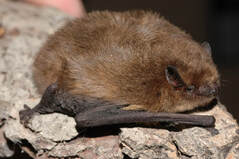 Evgeniy Yakhontov, CC BY-SA 3.0 Evgeniy Yakhontov, CC BY-SA 3.0 The Guardian newspaper reported at the weekend that Bellway Homes has has been fined £600,000 for carrying out a demolition at a site inhabited by Soprano Pipistrelle bats. Bellway also had to pay £30,000 costs and donated £20,000 to the Bat Conservation Trust. They went ahead with the demolition even after being told they needed to obtain 'mitigation' and a licence from Natural England. I would think/hope that's quite a lot of money, even for a housing developer. ... but these two often wake up in our homes if it's warm and bright indoors. I think it's good news that I've had more small tortoiseshells in my home this year than for several previous years. So far, they've woken up on mild, sunny days and I've just let them out. But it's now too cold and there aren't enough nectar-bearing flowers around for them to survive, so Butterfly Conservation has given some very helpful advice on what to do. Go to the Wildlife Tips page for the details.
Our friends at Butterfly Conservation have published this useful advice on what to do if you find a butterfly in your house at this time of year. They say:
'It is often a problem for the concerned householder in winter, how best to help these poor confused butterflies unwittingly tricked into thinking spring has come early. We are often asked what to do with a hibernating butterfly in your home, garage or shed. 'The best solution is to rehouse the butterfly into a suitable location. Catch the butterfly carefully and place it into a cardboard box or similar, in a cool place for half an hour or so to see if it will calm down. 'Once calmed down you might be able to gently encourage the sleepy butterfly out onto the wall or ceiling of an unheated room or building such as a shed, porch, garage or outhouse. Just remember that the butterfly will need to be able to escape when it awakens in early spring. 'If you have no options at all for suitable hibernation places, then it would be best to keep the butterfly as cool as possible, to minimise activity, and then to release it outside during a spell of nice weather. 'Among the butterflies, it is only the Small Tortoiseshell and Peacock that regularly overwinter inside houses. They come in during late summer/early autumn when it is still warm outside and our houses appear to provide suitably cool, sheltered dry conditions. 'However, come Christmas, when the central heating is cranked up, such butterflies may be awoken prematurely by high indoor temperatures. This presents a major problem for the butterfly as the outside weather conditions may be very hostile and there is little nectar available in gardens.' Sign up to Butterfly Conservation's free email newsletter for gardening tips and more. ID the butterfly you have found The RSPB has published a succinct identifier for the songs of the ten birds we're most likely to encounter in our gardens or out for walks.
There's a lot going wrong, and a lot that could be going better. Wild Justice don't just wring their hands, they do something. Here are some of their ideas for what you could do, too.
The Guardian newspaper has the People's Choice finalists for Wildlife Photographer of the Year. Izzy Fry: you up for this next year?
You can browse all the entries and vote. The Guardian newspaper has this piece with a bit more information about the new Environmental Land Management scheme. If you prefer to have it straight from the horse's mouth, here's the Government's own. Let's hope that the proposed Farming Investment Fund, 'which will support innovation and productivity.', will support the Farm Clusters Peter Thompson spoke so inspiringly about. They say, 'This will open for applications next year and will be used to offer grants for equipment, technology and infrastructure for the future.' Or will they come under one of the ELMS's three 'components' - the Sustainable Farming Incentive, Local Nature Recovery or Landscape Recovery? All sounds a bit confusing. We can but travel hopefully. Meanwhile, it seems to me a lot of local fields are lying fallow instead of being ploughed. Perhaps they always have, but equally, maybe they're looking after their soil.
|
Photo: Avocets (Izzy Fry)
The headers display photos taken by our members. Do get in touch via the Contact Form if you'd like to submit a photo for selection.
Archives
May 2024
Categories
All
|




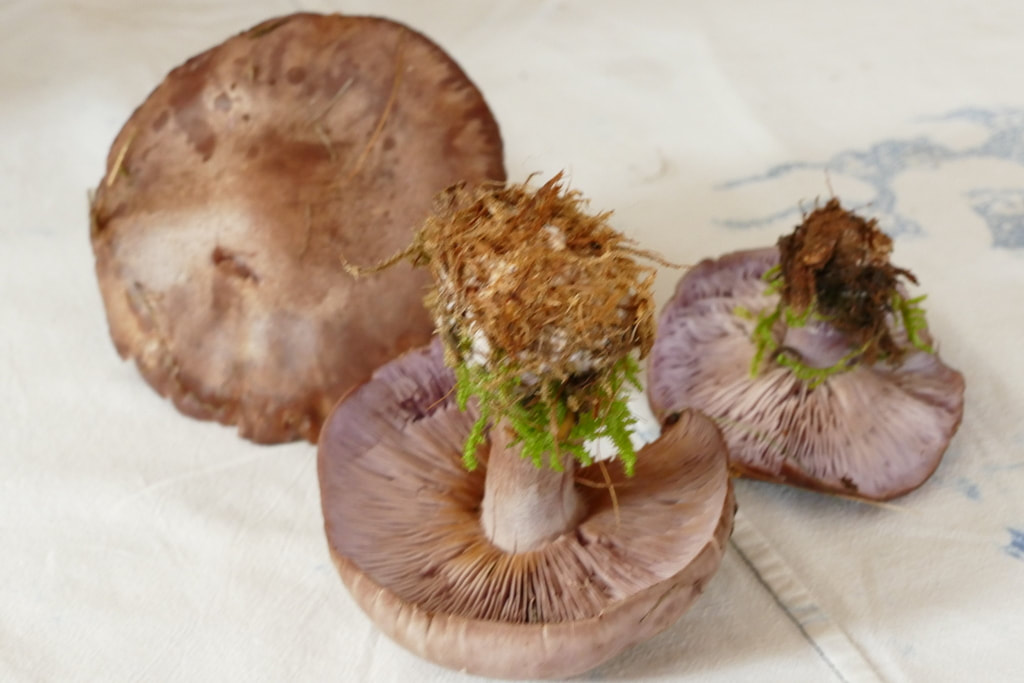

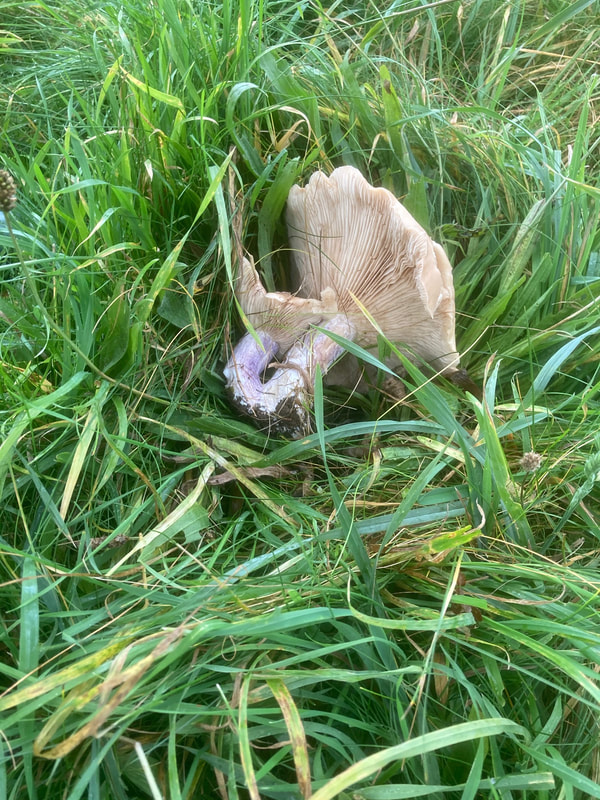
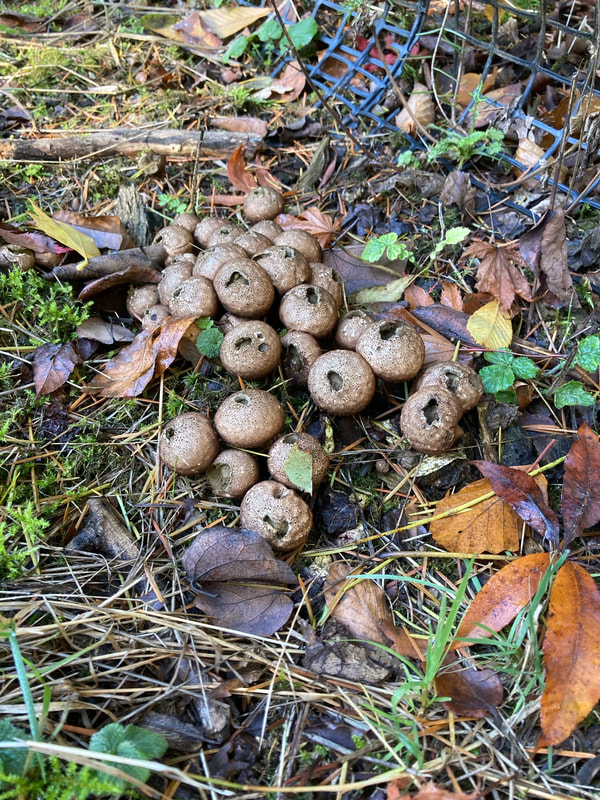


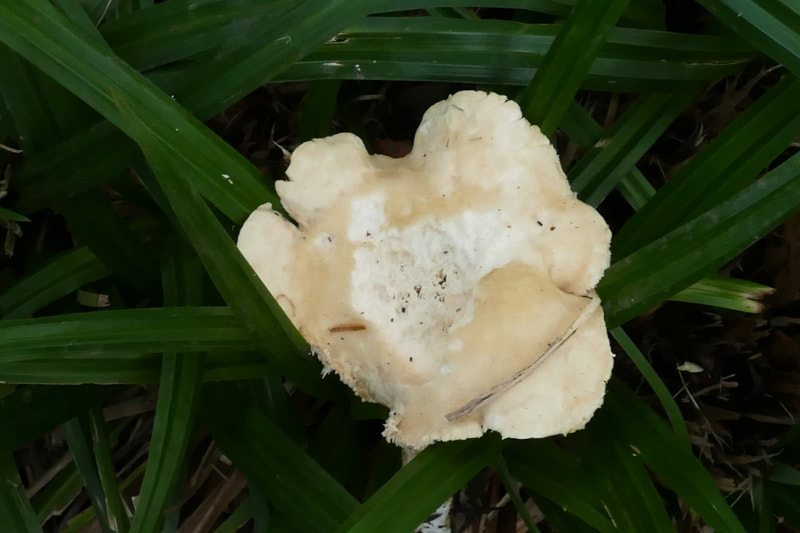
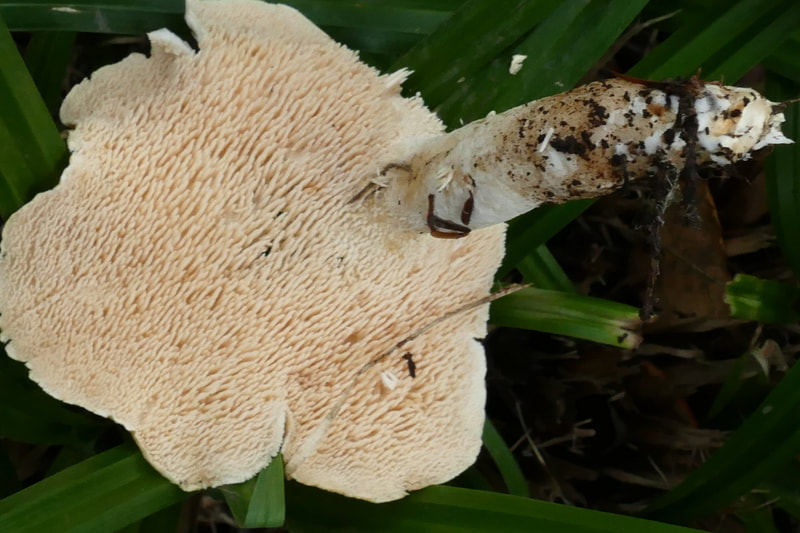

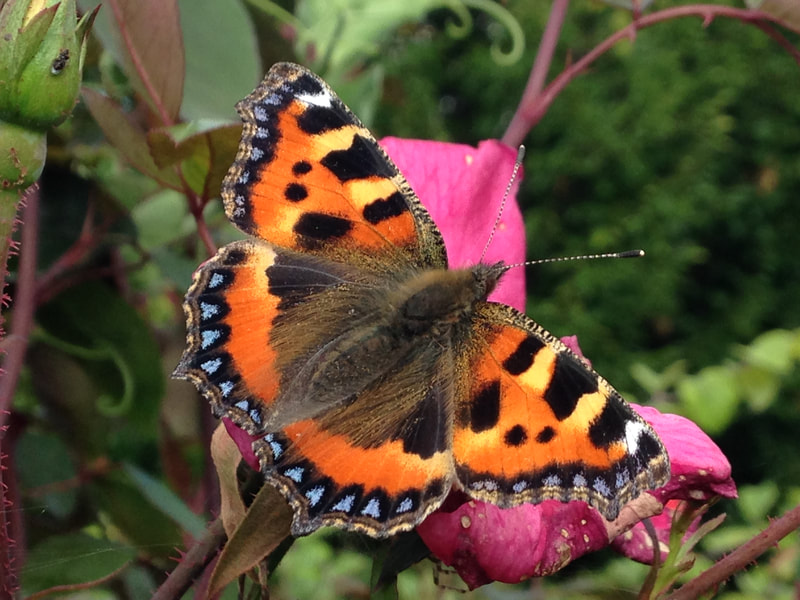



 RSS Feed
RSS Feed